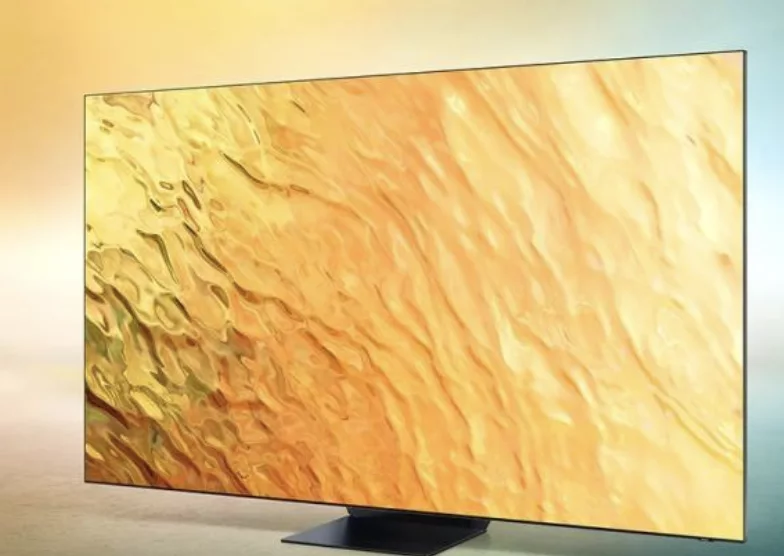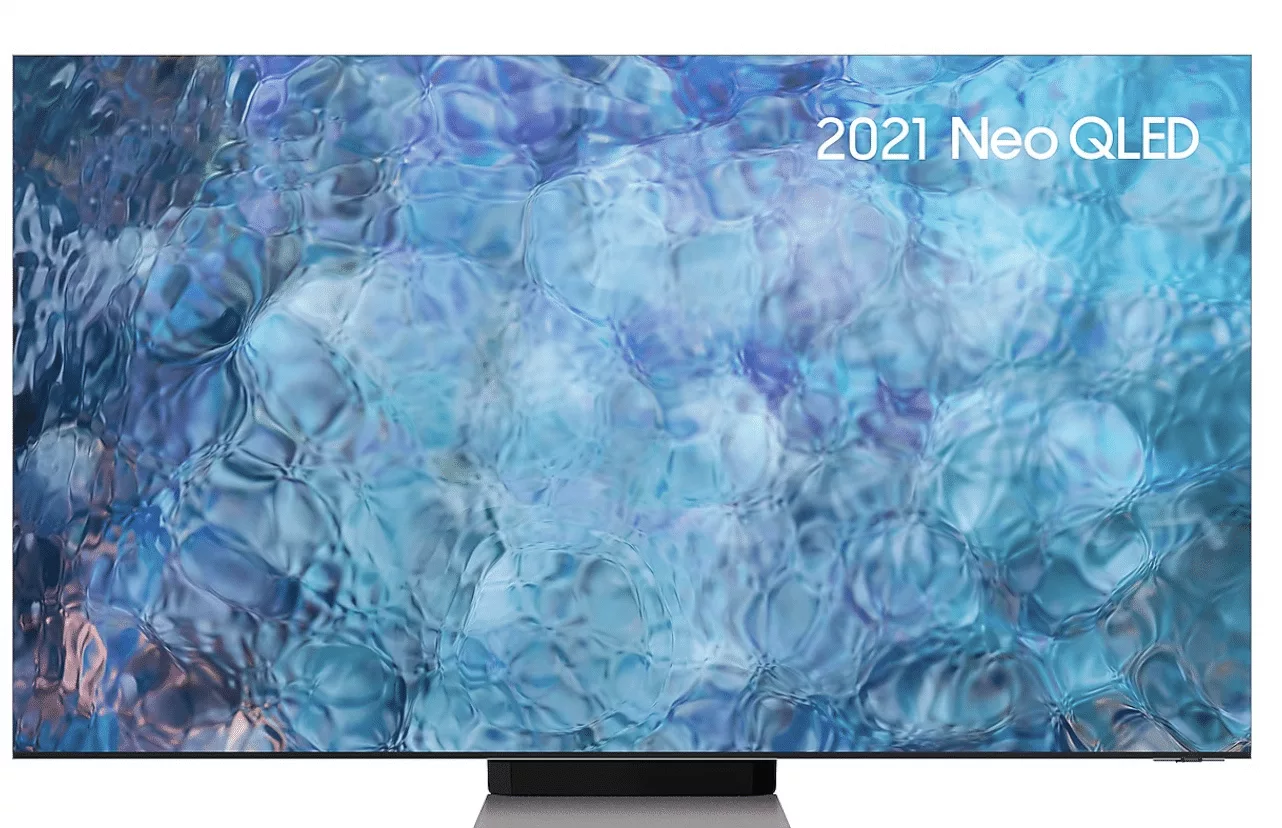
Its time to buy a new telly!!! what a great day, you walk into your local tech shop and you are met a with a wall of screens!!! What now? Do we go for oled, qled, 4k, 8k? arrrgggh!!! you need our best uhd television buyers guide to hold your hand through the process.
1. Resolution:

2. Display Technology:
a. LED/LCD: LED/LCD (Light Emitting Diode/Liquid Crystal Display) TVs are the most common and affordable option. They provide excellent brightness, wide color gamut, and good overall picture quality. Look for LED/LCD TVs with features like local dimming, HDR (High Dynamic Range) support, and high refresh rates for enhanced visual performance.
b. OLED: OLED (Organic Light Emitting Diode) TVs offer unparalleled picture quality with perfect black levels, infinite contrast, and wide viewing angles. OLED panels individually control each pixel, resulting in precise lighting and vibrant colors. Consider OLED TVs for the best cinematic experience, especially in dark rooms.
c. QLED: QLED (Quantum Dot Light Emitting Diode) TVs use quantum dot technology to enhance color accuracy, brightness, and contrast. QLED TVs can produce incredibly vibrant and lifelike colors. Look for QLED TVs with high peak brightness, wide color gamut, and advanced backlighting technologies for optimal performance.
For a more in depth explanation on the differences between oled and qled check my other post which should explain the tech better than your local shop! read it here
3. HDR (High Dynamic Range):
HDR technology enhances the contrast and color accuracy of UHD televisions, resulting in a more realistic and immersive viewing experience. When choosing a UHD TV, ensure it supports HDR formats such as HDR10, Dolby Vision, or HLG (Hybrid Log-Gamma). Look for TVs with high peak brightness, local dimming, and wide color gamut for the best HDR performance.
4. Screen Size and Viewing Distance:
Consider the screen size and your viewing distance to ensure an immersive and comfortable experience. As a general rule, a larger screen size provides a more cinematic experience, but you don’t want the TV to be too big for your room or viewing distance. Use the recommended viewing distance guidelines provided by manufacturers to determine the ideal screen size for your space.
5. Smart Features and Operating System:
Most UHD televisions come with built-in smart features and operating systems, allowing you to stream content, access apps, and connect to the internet. Consider the user interface, app availability, and compatibility with streaming services you use. Popular operating systems include Android TV, webOS, Tizen, and Roku TV. Choose a TV with an intuitive and responsive interface for a seamless smart TV experience.
6. Connectivity and Ports:
Ensure the UHD television has sufficient connectivity options and ports to accommodate your devices. Look for multiple HDMI ports (HDMI 2.0 or higher) for connecting gaming consoles, Blu-ray players, and streaming devices. Other useful ports include USB, Ethernet, and optical audio. Consider TVs with built-in Wi-Fi for wireless connectivity.
7. Audio Quality:
While the visual aspect is crucial, audio quality is equally important for an immersive experience. Some UHD televisions have built-in speakers that provide adequate sound, but for a more cinematic experience, consider external sound options such as soundbars or home theatre systems. Check our test on the best soundbars under £500 here! Look for TVs with features like Dolby Atmos support or HDMI ARC (Audio Return Channel) for seamless audio connectivity.
8. Brand Reputation and Support:
Choose reputable brands known for their quality, reliability, and customer support. Research customer reviews, seek recommendations, and compare warranties and after-sales services to ensure a satisfying ownership experience. Well-established brands often provide firmware updates and ongoing support to improve performance and add new features to their TVs.
Refresh Rate
One thing a lot of people forget about is refresh rate
Choosing a TV with the right refresh rate is essential to ensure a smooth and enjoyable viewing experience, especially for fast-moving content like sports, action movies, and gaming. The refresh rate refers to how many times the TV’s display updates its image per second. Here are some tips to help you choose a TV based on its refresh rate:
Understand Refresh Rate Options:
TVs typically offer different refresh rate options, such as 60Hz, 120Hz, 144Hz, or even higher for some gaming-focused models. The higher the refresh rate, the smoother the motion will appear on the screen.
Consider Your Usage:
Consider what you primarily use your TV for. If you watch mostly regular TV shows, movies, and casual gaming, a standard 60Hz refresh rate should be sufficient. However, if you’re an avid gamer or a sports enthusiast, you might benefit from a higher refresh rate TV.
Gaming and Fast-Paced Content:
For gamers, a TV with a higher refresh rate (120Hz or more) is preferable, as it reduces motion blur and provides smoother gameplay. Many gaming consoles support higher refresh rates, so it’s worth considering if gaming performance is a priority for you.
Motion Handling Technology:
Some TVs employ motion handling technologies like motion interpolation or black frame insertion to enhance the perceived motion smoothness, even with lower refresh rates. While these features can improve motion, they may also introduce artifacts, so it’s essential to find a balance that suits your preferences.
Consider the Content Source:
Keep in mind that the refresh rate of the TV is not the same as the frame rate of the content you are watching. Most TV shows and movies are filmed at 24 frames per second (fps). TVs with higher refresh rates can use motion interpolation to create additional frames, but this can sometimes result in a “soap opera effect” that may not be preferred by everyone.
Budget Considerations:
Higher refresh rate TVs tend to be more expensive, so consider your budget when making a decision. If you have a limited budget, prioritize other essential features like screen size, resolution, and picture quality.
Real-World Testing:
If possible, visit a store or showroom to see TVs with different refresh rates in action. Observe fast-moving content, such as sports or action scenes, and decide which refresh rate provides the level of smoothness that suits your preferences.
Consider Your Location
If you intend on streaming content from a device to your tricked out new telly, don’t forget your country might restrict this content, get round this with a VPN. check out my guide on VPN’s here
Conclusion:
UHD televisions bring the cinema experience to your living room, offering stunning picture quality and immersive entertainment. By considering factors such as resolution, display technology, HDR support, screen size, smart features, connectivity, audio quality, and brand reputation, you can make an informed decision that caters to your preferences and requirements. Research, compare options, and consider professional reviews to find the perfect UHD television that elevates your home entertainment to new heights. Enjoy your immersive viewing experience!





Pingback: Which is Better, Oled Or Qled Televisons? - toptech7.com
Pingback: The Top 7 Must-Have Gadgets for Tech Enthusiasts in 2023 - toptech7.com
Pingback: What is Smart Tech? A Simple Guide - toptech7.com